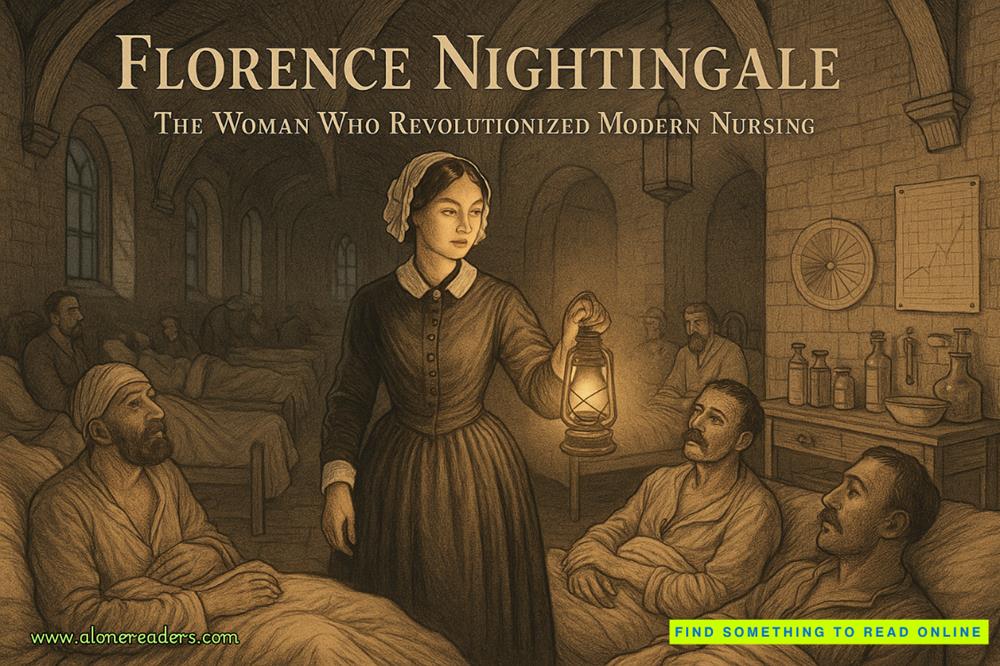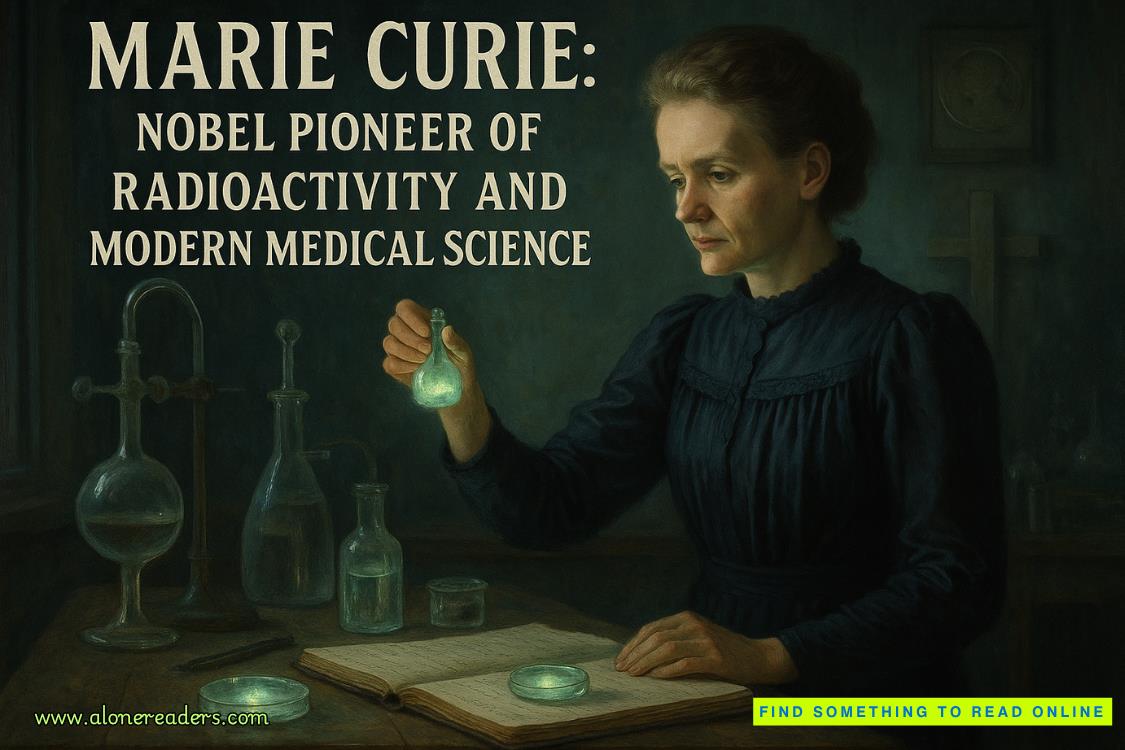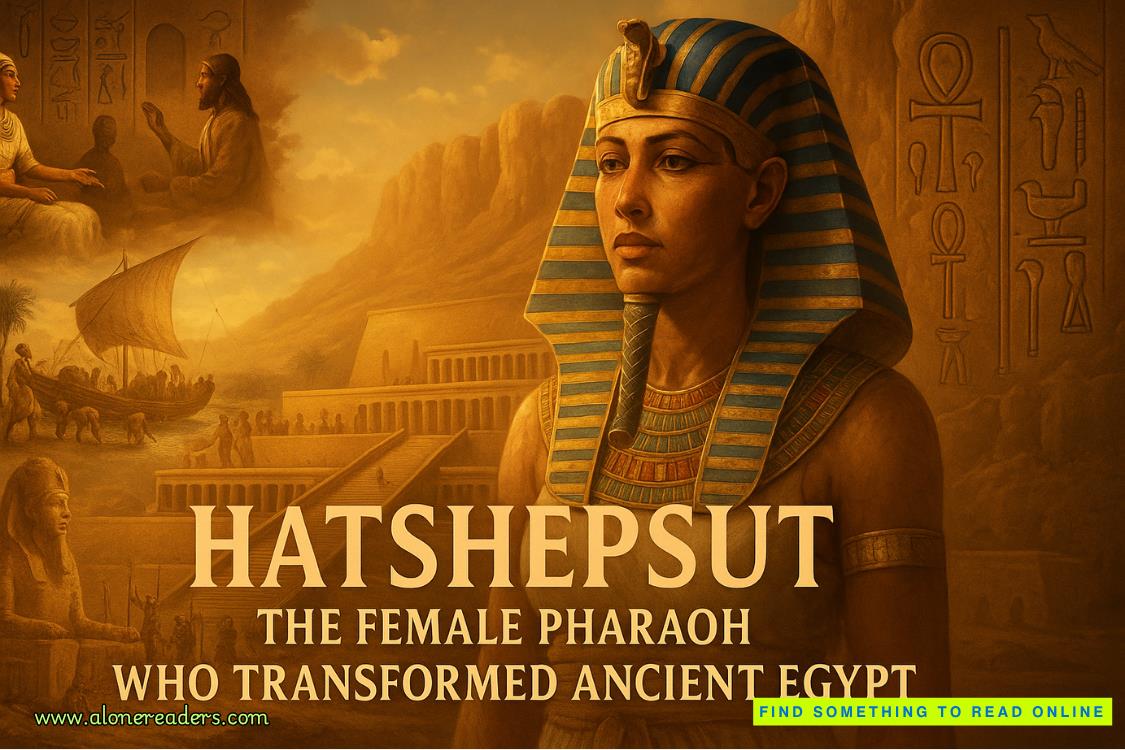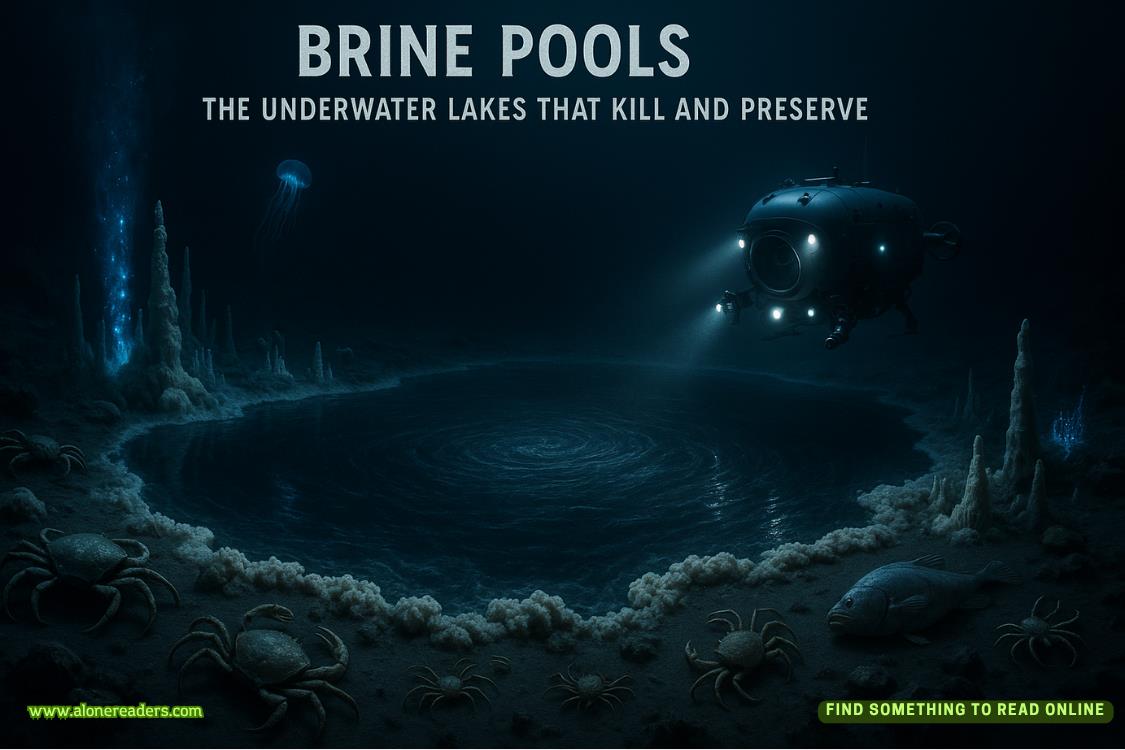Page 91 of DATE
When On the Four Elements was published, Hedy took a very cautious approach.
She didn’t dare to openly present overly radical views, nor did she challenge the existence of God or the various doctrines.
All she needed to do was present the most basic knowledge in a way that was as simple and understandable as possible.
Her style of writing was somewhat like teaching a child.
She drew examples from mythology and the Bible, and when making her arguments, she repeatedly emphasized their reasonableness and feasibility—almost like coaxing anddeceiving.
To go against certain outdated aspects of this era or to reveal too many new ideas would only make her a target for destruction.
The manuscript contained 50,000 to 60,000 words, but the core content was likely only about 5,000 to 6,000 words. The rest was filled with praise for God, songs for the Bible, and endless ways of arguing and explaining simple principles.
After Lorenzo read it, he became curious.
What had this young woman gone through to be this cautious?
As long as he was around, the church would not make a move against her.
So why was she still going out of her way to appease everyone, even in her writing?
—Because words are powerful.
Hedy had already learned these lessons in her past life.
She had once thought that most people were reasonable and logical, but the reality was quite the opposite.
She had created countless designs and inventions, yet people slandered her, accusing her of stealing her husband’s secrets and seeking fame and status.
She had been kind to others and had been passionately loyal to her country, but in the end, the government never acknowledged her contributions, and they refused to admit the achievements and honors that she rightly deserved.
She had seen the cold and warm sides of human nature, which led her to feel a kind of detached distance from the masses.
The public was ignorant, easily manipulated, impulsive, and irrational.
It was nearly impossible to awaken them from their ignorance.
But even so, she still had to do what was right—just in a safer way.
On the Four Elements was officially published, and it was quickly snapped up by many scholars and theorists, sparking awave of discussions in the nearby universities and academies.
The book covered basic knowledge in chemistry and biology, with content that would roughly match the enlightenment level of modern youth.
Yet, despite its relatively simple scope, many of its insights were groundbreaking—
Why should we wash our hands?
Why does wine spoil?
The disappearance and reappearance of copper sulfate blue—could it be caused by water?
Blood has these functions too?
The book not only presented relevant conceptual explanations but also provided many specific experimental methods—
These experiments allowed people to freely verify the correctness of her theories, ensuring that she wasn’t just spouting nonsensical ideas.
Each explanation was clear and flawless.















